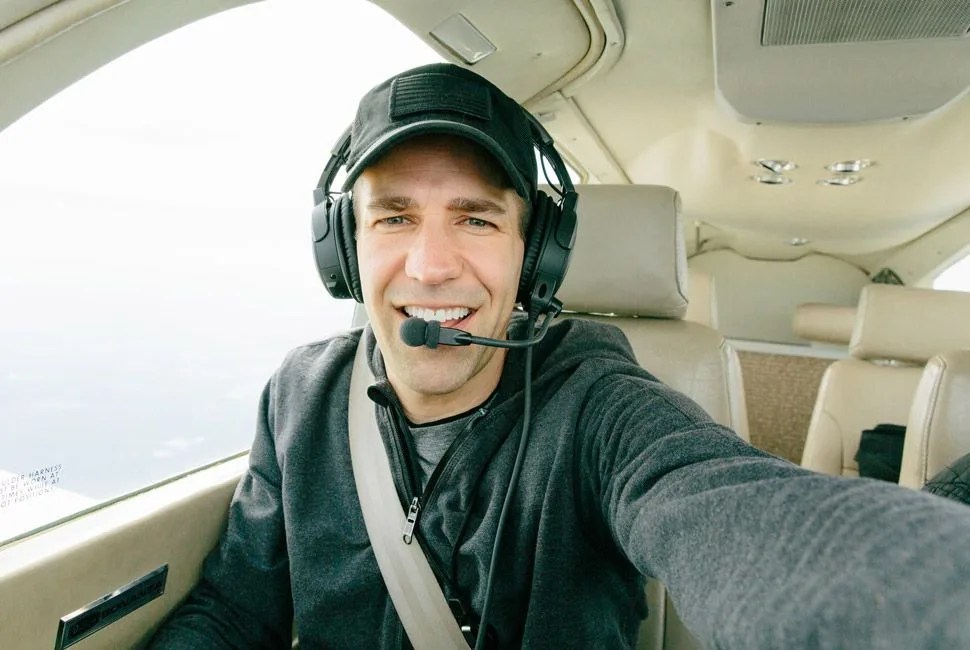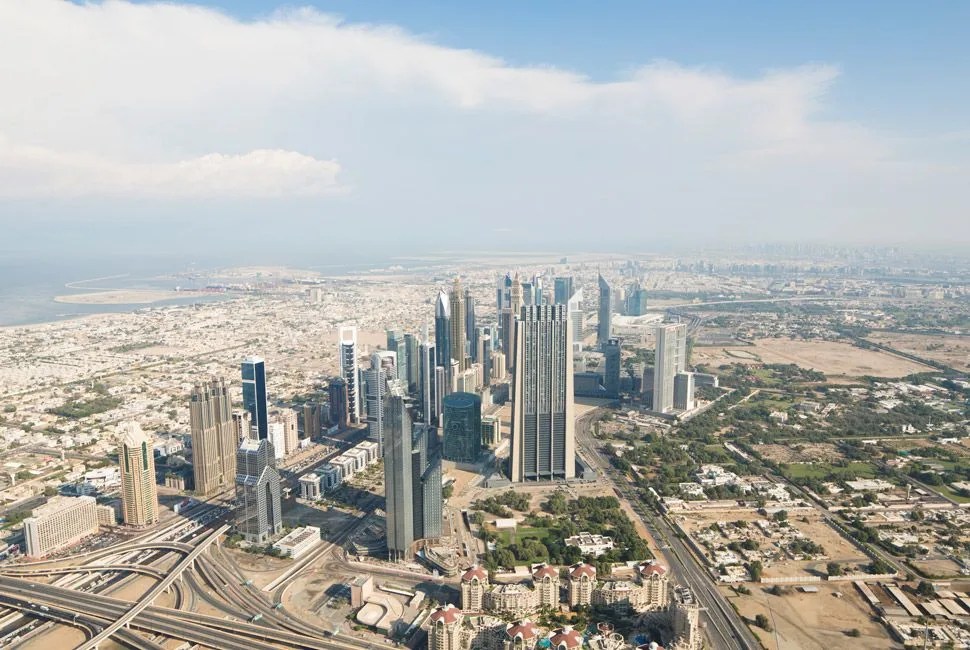Adam Senatori has been a pilot for three decades. He’s also a self-taught photographer who comes from a family rich in art knowledge — his father is an art director, his mother is an art historian. He’s smart, methodical and deliberate about his photographs; inspiration for his aerial photography is rooted in the 17th and 18th century Dutch painters, and their intense attention to light in landscapes. When he takes his Hasselblad medium-format digital camera up into planes, he does not arbitrarily shoot down on earth. He thinks, points and then shoots.
Senatori’s mindset is, in many ways, antithetical to the modern digital platforms — places where photographs are meant to be consumed rapidly and then replenished with a fresh batch of images, instantaneously. He has an enormous Instagram following, but he treats the platform like a gallery: 832,000 followers, only 377 posts. His photographs fit well on the small, digital screen, but they also hold weight on a larger, analog scale. He is the first photographer on a new online marketplace, Captured 52, which will sell his prints at nearly 50 inches wide. At that size, the print demands certain things of a viewer: it requires you to slow down and look, more methodically than you otherwise would, at the print. It’s a fitting platform for his work, his methodology, his mindset.
Q. So a lot of your pictures you take from inside of planes or helicopters, which means you’re constantly moving. How do you remain methodical with while shooting from inside a moving object?
A. Generally helicopters can hover, but it’s pretty taxing for the pilot to do that. He can get me pretty slow or hover for a few moments and then we have to move on. The bigger thing is cost. I mean, it’s so expensive to fly. So there aren’t too many retakes. If I see a shot, and I didn’t get it the first time, we’ll double back and go hit it again, but I pretty much get everything the first time. It’s just a matter of having everything dialed in on the ground, so all I need to do is just frame it and shoot it versus trying to, you know, really finesse the technical aspects of it. And, actually, in a way, shooting aerials for me is pretty easy versus shooting landscapes on the ground because I always — almost always — use the same setting in the air. So everything is dialed in. All I need to do is just get focused in and then pull the trigger.
Q. What appeals to you about aerial photography?
A. I think the fact that it’s just a completely different perspective, and what really appeals to me is when I am flying and I look down on cities and communities and I think of all the different lives that are going on below me, and I think it provides myself and the viewers a different perspective. On the surface, we all have our battles. There are the battles, triumphs, sorrows that are going on in every building that I shoot, every house that I shoot, but you are, in a way, just floating above it all. And then when I land, I am among the rest of us, and my phone starts ringing, and I have issues to deal with and everything else. So I think what appeals to me is the escape.
Q. When you look at an aerial photograph as a print it’s harder to imagine taking that photograph as opposed to photos taken on the ground. So an aerial photograph almost becomes more of a two-dimensional experience because it’s so difficult to actually imagine yourself in the three-dimensional moment of, “Oh, that’s where this photographer was standing when they clicked the shutter.”
A. Right.
Q. And so, you have to treat the photograph differently. You treat the composition of the image as its own identity more than you would a photograph that is from a perspective that is easier to connect with.
A. Exactly. In fact, I think a lot of times people get sort of confused by my aerials. Especially if I shoot down from the 45 degree, which I shoot a lot, you do get those perspectives. It flattens it, and it does make the viewer kind of think, wait, what am I looking at? If I shot like a piece of a neighborhood a certain way, people would think it’s food or a microprocessor. They look at it, and it just doesn’t look like an aerial. They make me think, am I doing my job? Or am I not? Because people don’t know what they’re looking at.
For the most part, I try and utilize shadows the best I can. I always said that I am heavily influenced by the 17th and 18th century Dutch painters who use light — gorgeous light that depicts landscapes in scenes. So I carry that into my artwork. Some of my best aerials involve the early morning light or late afternoon light where it’s golden and there’s long shadows. Those two things help guide the viewer through the fact that, yes, this is an aerial. This was not taken on the ground, and this is not a microprocessor or food.


